Physical therapy in Asheville for Wrestling
Stretching is an essential part of wrestling. A good stretching routine can help to minimize muscle imbalances, prevent injury and improve your performance during a match or tournament. The following stretching program is designed for wrestlers who do not have any current injuries or individual stretching needs. If you have an injury, or a specific mechanical imbalance that may be holding back your performance, your Combined Therapy Specialties physical therapist can design a stretching program just for you.
As wrestling is such a physically demanding sport, and at times your body is forced into odd positions by your opponent, we have included some static and dynamic stretches below that we would not recommend for many other sports. It is best that you do all of the stretches below under the direction of either your physical therapist or your coach to ensure your technique is perfect and that you aren't predisposing yourself to injury from the stretch itself. Once you have mastered the stretch, some of the stretches can even be done with a partner who provides overpressure at the end of the stretch. Again, have your physical therapist or coach review your technique if you would like to use a partner to help you stretch. Afterall, it is always better to prevent an injury rather than try to get rid of one after it occurs!
When is the Best Time to Stretch?
When your muscles are warm and relaxed! If you take your performance seriously, stretch after you have done a general body warm up of about 5-10 minutes (light cycling or jogging) and after your match. You should continue to stretch throughout practice or the tournament if there are times when your muscles may be cooling down, such as between drills or matches. Wrestling is a dynamic sport so you'll need both dynamic and static stretching. Dynamic stretches form part of your pre-match or training warm-up. Static stretches can be included at the end of your cool down or at other times to improve your overall flexibility.
Rules for Dynamic Stretching:
- Warm up your muscles first, then stretch while your muscles are still warm.
- Move through your range of movement, keeping control of the movement with your muscles. Do not allow momentum to control the movement by "flinging" or "throwing" your body parts around.
- You may feel light resistance in your muscles, but you should never feel pain during a stretch.
- Start with slow, low intensity movements, and gradually progress to full-speed movements through range of motion. Complete these motions for several repetitions (10-15 times.)
Rules for Static Stretching:
- Warm up the muscles first, or stretch while your muscles are still warm following activity.
- Slowly take your muscles to the end of their range. You will feel slight resistance in the muscle, but you should never feel pain during a stretch.
- Hold the stretch in a static position. Do not bounce.
- Hold each stretch for at least 20 seconds; longer is better. Repeat each stretch 3-4 times.
Dynamic Stretches:
Back and abdominals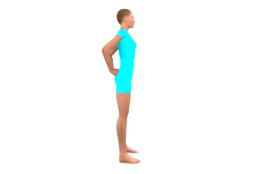
Back Stretch

Leg swings forwards and backwards
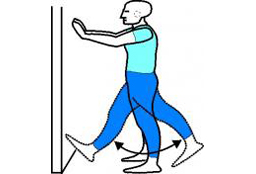
Leg swings sideways
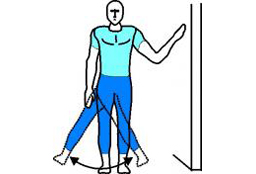
Lower leg curls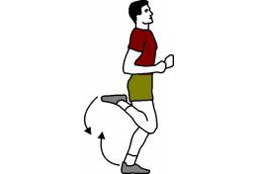
Quadriceps dynamic stretch

Neck and shoulder rotation with stick
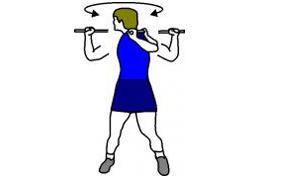
Shoulder horizontal flexion, extension
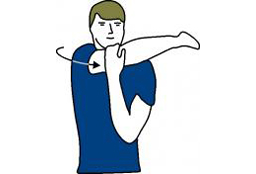
Multidirectional lunge

Back Twists

Repetitive neck extensions

Static Stretches:
Buttocks stretch

Hamstring stretch
Groin stretch

Quadriceps stretch

Neck side bending

Triceps Stretch
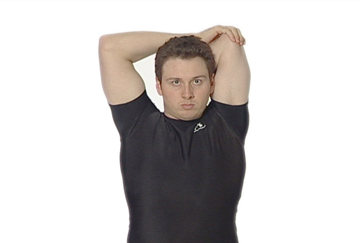
Posterior Shoulder Stretch

Back stretch







